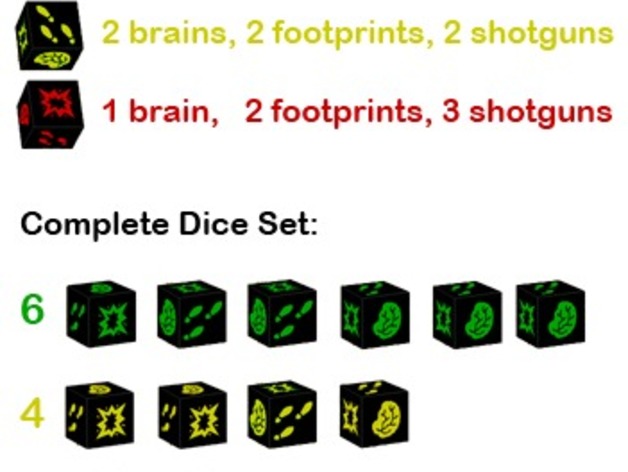Technology helps both teachers and students be more productive in teaching and learning respectively. Digital classroom management reduce any disorder or chaos among students while they are learning. Using technology, teachers have better grasp of the learning environment. They can save time doing many teaching activities. As a prospective teacher, I will use the teaching technology tools I experimented with in this class and the ones I learned from my peers to create an engaging learning environment.
Technology is a valuable tool for teaching differentiation. Students stay engaged with learning when they are not overwhelmed with knowledge that they can't keep absorb or they don't have a pre-requisite knowledge to learn learning target. Computers allow students to learn at their pace, therefore an engaging learning environment. Having a variety of hardware such as Desktop stations, Labtops, Tablets and students phones with some type of monitoring will enhance students learning as seen in the video 210 Seconds: 2nd graders Set Up 25 Nexus Tablets in 3 minutes. Students can rotate every 25 from one station to another can keep them focused on learning.
Technology .
Teachers can monitor their students progress using detailed data driven technology. Instead of walking up to the student station to see wether he or she is doing her work, teachers can observe his students using classroom management system. It is one piece of software that control all the hardware made available to students for learning.
As a prospective teacher, I plan to use the mentioned hardware and technology tools to get students ready for a challenging workplace. My students will migrate from pen and pencil to using technology tools such as Gmail. It will be my communication means with students. They can ask me questions about their homework or provide guidance to their learning any time of the day. Through Gmail, I can keep the parents informed about my students learning. Google Forms will help me avoid the cluster of paper on my desk. I will use google templates form that will be distributed digitally to students for their assignment. My future students will have access to a shared google drive where they can have access to previous lesson presentations, project based learning assignment and homework assignments. As Jake Miller Jake Miller mentioned to encourage students use voice typing in google docs, is another presented by technology to engage students with their learning.
In addition to the above tools, in my future classroom, I will use Rescuetime that I have just discovered in the presented article 5 Tools for Increasing Teacher Productivity. Rescuetime provide a solution for my time management inside the classroom. It will allow me to avoid any distraction and it will track the time I spend on each task in the classroom.





































